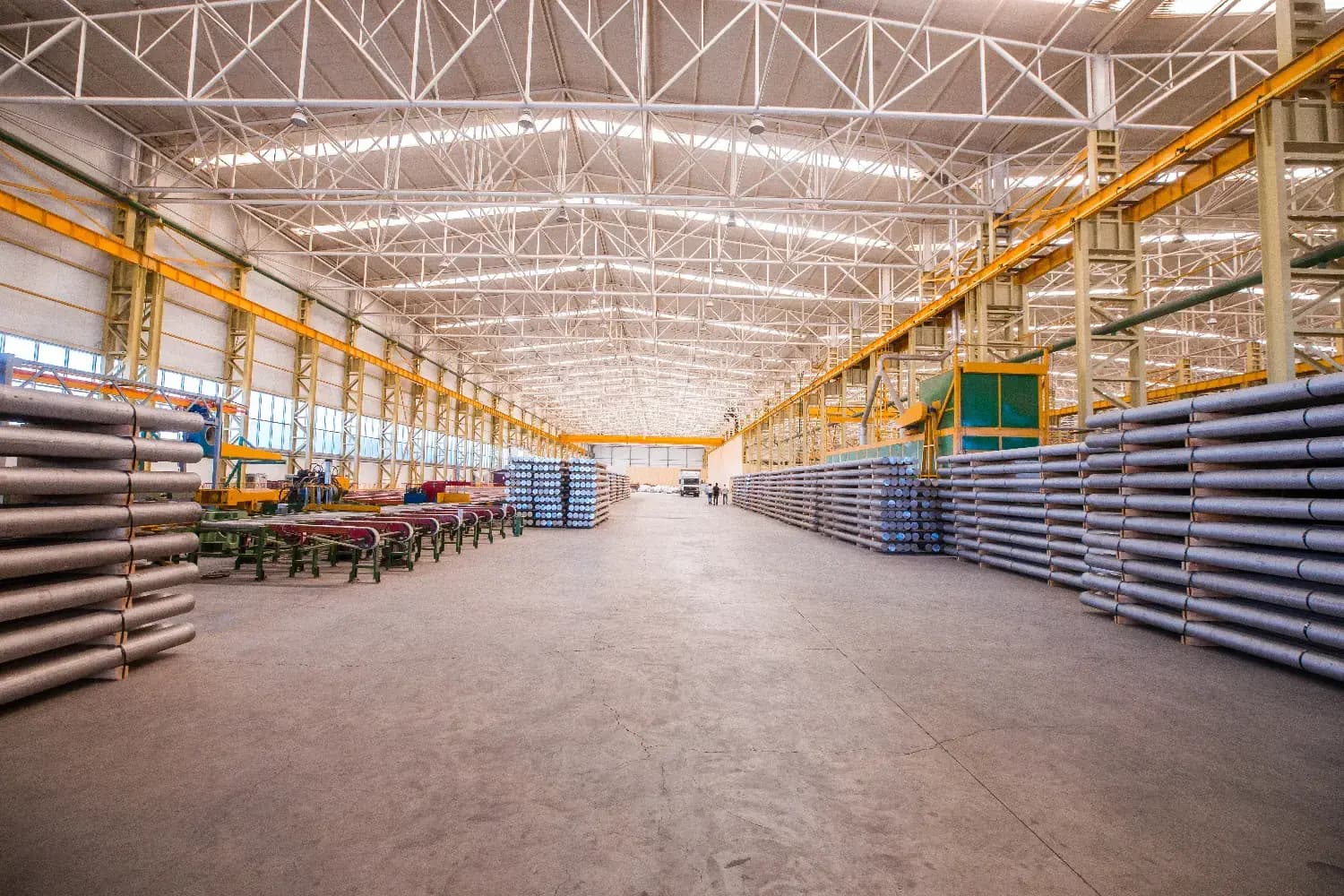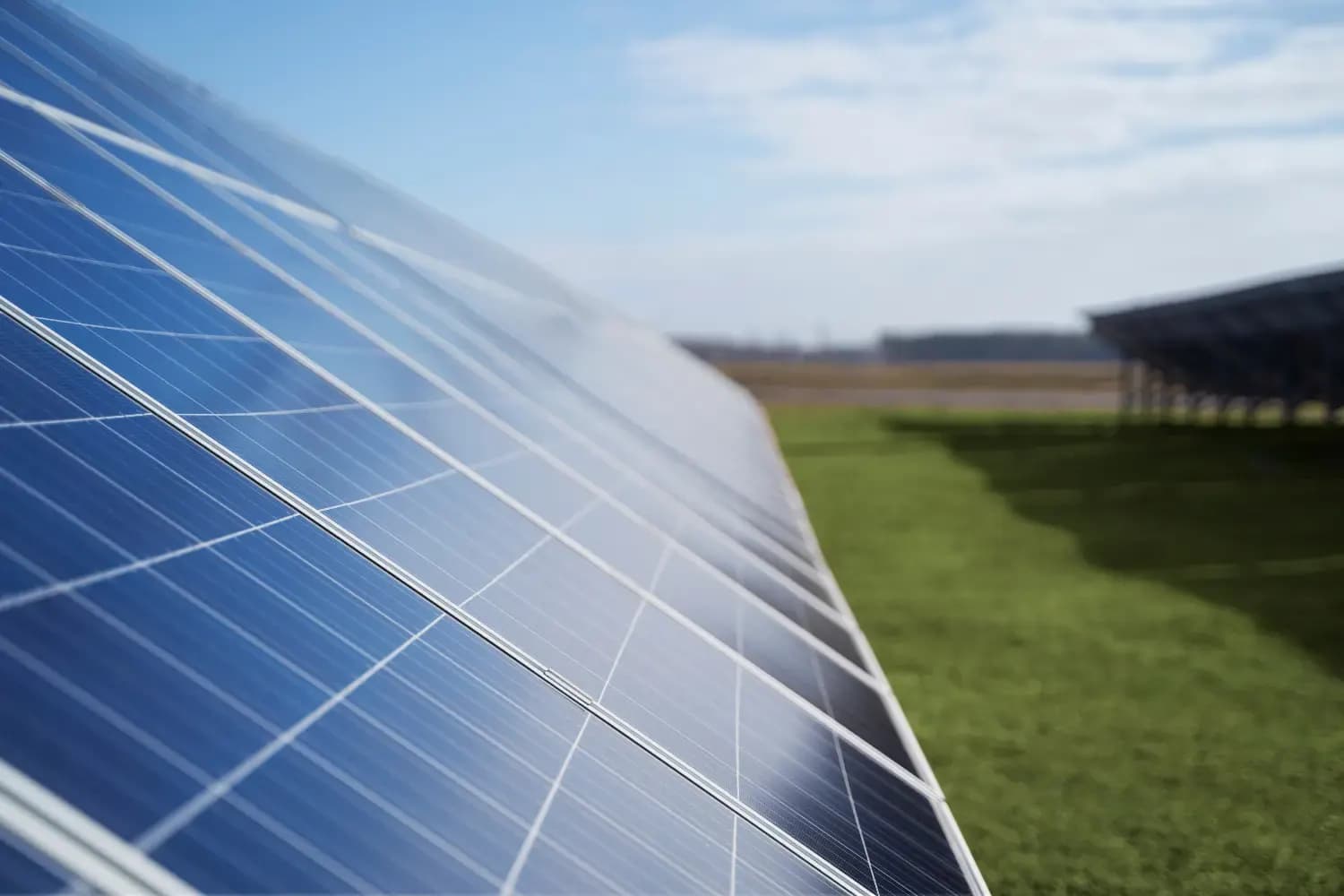
General description

LEED®
LEED (Leadership in Energy and Environmental Design) certification is the most widely recognized and used green building certification system in the world. Developed by the U.S. Green Building Council (USGBC), its goal is to promote designs, construction practices, and operations that reduce environmental impact, improve occupant health, and deliver economic benefits. Today, LEED is used in over 180 countries and serves as a global benchmark for sustainable design, construction, and operations.
Objectives

LEED provides a comprehensive framework for evaluating and recognizing the achievements of sustainable buildings.
Among its objectives are:
- Reducing energy and water consumption.
- Promoting the use of sustainable materials.
- Improving indoor environmental quality and creating healthy spaces for occupants.
- Encouraging sustainability throughout the building’s life cycle.
Categories
LEED certification evaluates a project’s performance across several key areas, known as credit categories.
The main LEED categories are as follows:
Energy and Atmosphere
Encourages the efficient use of energy and the optimization of mechanical systems to reduce the use of fossil fuels and lower greenhouse gas emissions.
Key strategies:
- Efficient energy use
- Integration of renewable energy sources such as solar and wind
- Energy consumption monitoring and management
Water Efficiency
Aims to implement solutions that optimize water use in buildings, reducing overall consumption and alleviating pressure on water resources.
Key strategies:
- Reducing indoor and outdoor potable water use
- Use of low-flow technologies and rainwater harvesting systems
- Water reuse and recycling
Materials and Resources
Promotes the use of sustainable, recycled, and low-impact materials, along with proper waste management during construction. This supports circular economy practices and reduces environmental impact.
Key strategies:
- Selecting recycled, renewable, or locally sourced materials
- Proper management of construction waste
Indoor Environmental Quality
Focuses on occupant well-being by improving indoor air quality, natural lighting, acoustics, and other factors. A sustainable building is also a space that supports health and comfort.
Key strategies:
- Optimizing ventilation to enhance indoor air quality
- Using low-emitting materials with low VOC content
- Maximizing natural daylight in interior spaces
Sustainable Sites
Assesses the construction site’s relationship with water sources, ecosystems, and biodiversity, emphasizing the building’s interaction with its natural surroundings.
Key strategies:
- Planning to reduce environmental impact on the site
- Incorporating green spaces that support biodiversity
- Erosion control and responsible stormwater management
Location and Transportation
Encourages the use of sites that reduce reliance on private vehicles, thereby decreasing travel time and greenhouse gas emissions. It promotes access to public transport, cycling, and electric mobility.
Key strategies:
- Promoting public transit and alternative transportation such as bicycles
- Encouraging the use of electric vehicles and shared mobility
- Selecting sites that are accessible and well connected to the community
Innovation
Aims to reward and recognize strategies that go beyond the standard sustainability requirements. This category encourages creativity and the use of emerging technologies or unique approaches to environmental challenges.
Key strategies:
- Innovative solutions not covered in other LEED categories
- Improvements in processes or environmental performance
Regional Priority
Recognizes and promotes actions that address specific environmental challenges based on a project’s location. The goal is to incentivize strategies that, while generally valid, are particularly relevant in a local context.
Key strategies:
- Water management in water-scarce regions
- Protection of local ecosystems
- Use of locally sourced, sustainable materials
- Mitigating air quality issues or local pollution
Score
LEED uses a points system to determine the certification level achieved by a project.
The total score is based on meeting requirements within the evaluated categories. The certification levels are:
- Certified: 40–49 points
- Silver: 50–59 points
- Gold: 60–79 points
- Platinum: 80+ points

benefits

Some benefits of LEED certification include:
- Reduction of operating costs (energy, water, and maintenance).
- Access to tax incentives and legal benefits in certain regions.
- Improvement of occupant health and well-being.
- Reputation as a leader in sustainability.
- Contribution to combating climate change.
Projects
What types of projects is LEED certification aimed at?
➢ Commercial Buildings
LEED BD+C (Building Design and Construction): This rating system is intended for new construction projects or major renovations. It includes:
- Office buildings
- Schools
- Hospitals
- Hotels
- Multifamily residential buildings
- Shopping centers
- Industrial buildings
LEED O+M (Operations and Maintenance): For certification of buildings already in operation. It focuses on sustainable management and operation throughout the building’s life cycle.
LEED ID+C (Interior Design and Construction): Applied to interior construction or renovations of existing buildings. Ideal for projects that only affect interior design, such as:
- Offices
- Restaurants
- Retail stores
- Commercial spaces
- Schools or clinics (when only interior spaces are modified)
➢ Residential Projects
LEED ND (Neighborhood Development): Targeted at large-scale projects such as neighborhood, community, or district development. This system covers both design and development of urban and suburban areas with a sustainability focus. Projects under LEED ND may include:
- New neighborhoods
- Urban renewal
- Community development
- Urban master plans
LEED for Homes: Focused on single-family or multifamily housing construction. This system evaluates the sustainable performance of individual homes or small residential complexes, emphasizing energy efficiency, water use, and indoor environmental quality.
➢ Cities and Communities
LEED for Cities: Certification aimed at cities and communities seeking a broader sustainability approach at the urban scale, evaluating infrastructure, energy efficiency, and sustainability policies.
LEED for Communities: Applies to larger geographic areas such as communities or districts, helping to plan sustainable development from a regional or municipal perspective.
➢ Renovation or Retrofit Projects
LEED for Existing Buildings: Focused on existing buildings seeking to improve efficiency and sustainability through LEED recertification. Ideal for buildings updating their facilities to meet the latest sustainability standards without full renovation.
➢ Infrastructure Projects
LEED for Infrastructure: Although less common than other project types, some LEED systems are adapted to evaluate sustainability in urban infrastructure projects or large-scale infrastructure works such as transportation systems or public facilities.
Considerations

It's important to keep in mind that LEED certification not only focuses on environmental impact but also promotes long-term economic and operational benefits.
To ensure successful implementation, it's best to hire a LEED consultant. Consultants help guide the project throughout the certification process, ensuring that LEED credit requirements are met.
Ready to make your project more sustainable?
Request your LEED quote today.
